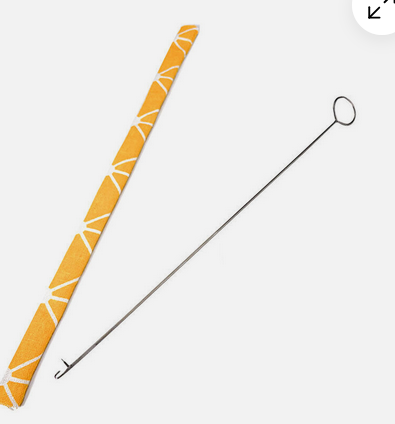

 10
10
















 6
6




 6
6




Visit Redhawk's soil series: https://permies.com/wiki/redhawk-soil
How permies.com works: https://permies.com/wiki/34193/permies-works-links-threads
 7
7




https://againfarmstead.com/ | @againandagainfarmstead
 6
6




Anyone else have/use these and especially for something “serious"?
sow…reap…compost…repeat












 3
3




I'm not sure if it's coincidence or if thinking about these in terms of pixel art caused it, but it occurs to me that the modularity of this is a common feature of lots of things I'm interested in e.g. Jerry's Map and my own experiments along those lines.Amy Gardener wrote:pixel art came to mind.
 7
7




Christopher Weeks wrote:
I'm not sure if it's coincidence or if thinking about these in terms of pixel art caused it, but it occurs to me that the modularity of this is a common feature of lots of things I'm interested in e.g. Jerry's Map and my own experiments along those lines.Amy Gardener wrote:pixel art came to mind.
Visit Redhawk's soil series: https://permies.com/wiki/redhawk-soil
How permies.com works: https://permies.com/wiki/34193/permies-works-links-threads












 6
6




 4
4




Life's too short, eat desert first! [Source of quote unknown]
You have to be warped to weave [ditto!]












 3
3




 7
7




Christopher Weeks wrote:I didn't know the term 'bog jacket' and thought the PDF linked from https://www.threadsmagazine.com/2011/01/30/how-to-make-a-custom-bog-coat was a pretty useful explainer.
 6
6




"The only thing...more expensive than education is ignorance."~Ben Franklin. "We can easily forgive a child who is afraid of the dark; the real tragedy of life is when men are afraid of the light." ~ Plato
 10
10




Life's too short, eat desert first! [Source of quote unknown]
You have to be warped to weave [ditto!]
 11
11





Life's too short, eat desert first! [Source of quote unknown]
You have to be warped to weave [ditto!]
 11
11




 10
10




In the south when the wind gets to 75 mph they give it a name and call it a hurricane. Here we call it a mite windy...












 13
13




 8
8




Life's too short, eat desert first! [Source of quote unknown]
You have to be warped to weave [ditto!]












 10
10





 7
7




How Permies works: https://permies.com/wiki/34193/permies-works-links-threads
My projects on Skye: The tree field, Growing and landracing, perennial polycultures, "Don't dream it - be it! "












 7
7




 7
7




Visit Redhawk's soil series: https://permies.com/wiki/redhawk-soil
How permies.com works: https://permies.com/wiki/34193/permies-works-links-threads
 10
10




Christopher Weeks wrote:This just popped up in my feed elsewhere and I guess now I'm using this thread a little like a Pinterest board (though I never got the hang of that place). I suppose this is actually just printed, but still...



 4
4




Christopher Weeks wrote:I want to update this thread with a new picture.
I'm also trying to color-sort (based on overall tonal feel, which is tricky sometimes when yarns with short color-changes have been used) and make interesting gradients. I'm not quite sure how I want to arrange things, but I think I'm going to pursue the up-thread suggestion and put together a poncho of sorts.
(I need a bigger dining table!)




|
Nothing? Or something? Like this tiny ad:
Freaky Cheap Heat - 2 hour movie - HD streaming
https://permies.com/wiki/238453/Freaky-Cheap-Heat-hour-movie
|





